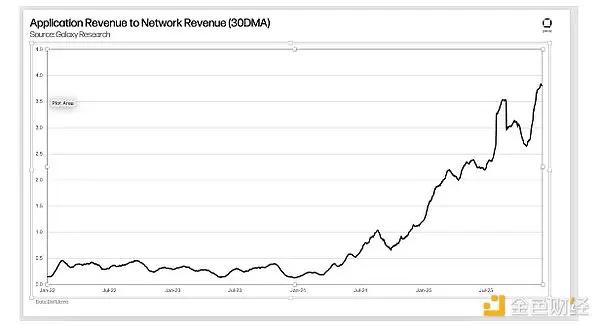Chainfeeds Guide:
Although the staking funds have reached the same level, in terms of security, due to node concentration and infrastructure maturity, ETH still has a slight edge.
Article Source:
https://x.com/0x_Todd/status/1914930194827161822
Article Author:
0xTodd
Perspective:
0xTodd: A few days ago, I saw a post saying: "Now that Solana's staking amount has exceeded ETH's staking amount, does it mean that Solana's chain security has surpassed ETH?" This statement is so misleading that many people actually believe it. That's not the case. Let's look at some data: ETH's staking data is 34M ETH, worth around $61 billion; Solana's staking data is 388M SOL, worth around $58.7 billion. SOL has indeed reached the same level as ETH, and even slightly lower than ETH before its recent rebound. Considering that both have a PoS mechanism attack threshold of around 33%, the theoretical attack difficulty seems consistent. 33% can obstruct block production, 51% can create a new longest chain, and 67% can directly double-spend. However, in practical terms, attacking ETH is significantly more difficult than Solana. Let's assume a scenario: a miraculous hacker uses a 0day vulnerability to successfully hack Amazon and mainstream cloud service providers' data centers. In this case, controlling Solana > 50% would require taking over the top 43 nodes. It's difficult, but not impossible. For ETH, each node can stake a maximum of 32 ETH, so you would need to take over 1,187,000 nodes, which sounds like an impossible task. Of course, this calculation is unfair to Solana, because ETH is also run by many node operators, and one entity might own tens of thousands of nodes. Looking at the operators listed on Rated, you'll find that all registered ETH node operators combined don't even reach 47.5%, far from the 50% threshold. It's still an impossible task. The reason is that as an ancient public chain, ETH has truly experienced PoS attacks in the past and has indeed made many preparations to prevent such potential dangers, such as encouraging retail investors to participate in staking. Ethereum's 32 ETH threshold is not high, while Solana has high server requirements, with monthly costs 5-10 times that of ETH, and this is just the entry point. So, for retail investors to break even, they would need to stake at least 10K SOL, and the yield is still lower than Jito. Many ETH staking infrastructures, including Lido and Obol, have also done a lot of groundwork. For example, Lido requires nodes to use fewer Amazon data centers and more niche data centers. Use fewer mainstream clients and support more niche clients. Additionally, Lido has specifically allocated 4% ETH for DVT infrastructure like Obol and SSV. As for Obol, it's a DVT technology. You can understand it as a node managed by a cluster rather than a single entity. For example, 4 people can jointly manage a node, and you can require it to be a 3/4 setup, so if one node goes offline, others can immediately take over. If you set it to 10, you can set 7/10, tolerating up to three nodes going offline. Note: On ETH and most PoS chains, going offline is also a form of misbehavior. If 33% of nodes go offline, the chain will collapse. Moreover, Obol's unique feature is that it implements the cluster through a single client, so your private key (fragments) will not be uploaded to the chain, making it more secure, which is achieved through DKG (I can share more about DKG later). Obol just went live on mainnet recently, and those interested can explore it via @ebunker_eth. So, infrastructures like Obol specifically prepared for Staking on ETH are currently not available on Solana.
Content Source







